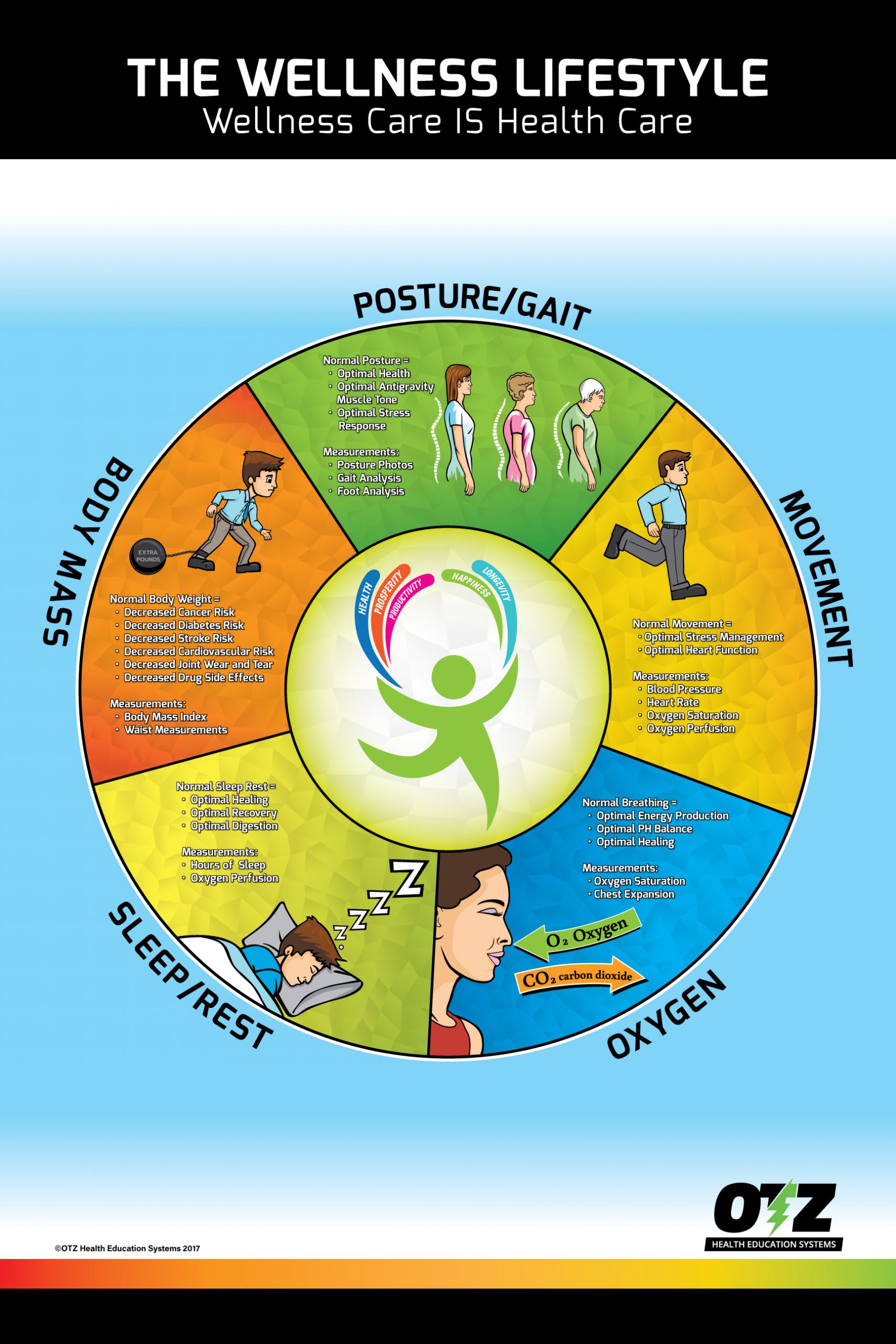Making decisions about your health care can be a daunting task, especially when considering the possibility of becoming unable to communicate your wishes due to illness or injury. A health care directive, also known as an advance directive, is a document that outlines your preferences for medical treatment in the event that you become incapacitated. This document ensures that your health care providers and loved ones understand your wishes and can make decisions on your behalf.
Understanding the Importance of Advance Care Planning
Advance care planning is the process of thinking about, discussing, and documenting your preferences for future medical treatment. It involves considering your values, beliefs, and goals, as well as the potential risks and benefits of different treatments. By engaging in advance care planning, you can ensure that your health care aligns with your personal values and priorities, even if you become unable to communicate your wishes.
Key Components of a Health Care Directive
A comprehensive health care directive typically includes several key components:
- Appointment of a Health Care Agent: This is the person you designate to make medical decisions on your behalf if you become incapacitated. It’s essential to choose someone who understands your values, beliefs, and preferences.
- Treatment Preferences: This section outlines your preferences for medical treatment, including the types of treatments you want to receive or avoid.
- End-of-Life Care: This section addresses your wishes for end-of-life care, including the use of life-sustaining treatments, such as ventilators or feeding tubes.
- Organ Donation: This section indicates whether you wish to donate your organs or tissues after death.
Types of Advance Directives
There are several types of advance directives, including:
- Living Will: A document that outlines your wishes for medical treatment if you become incapacitated.
- Durable Power of Attorney for Health Care: A document that appoints a health care agent to make medical decisions on your behalf.
- Do Not Resuscitate (DNR) Order: A document that indicates you do not want to receive cardiopulmonary resuscitation (CPR) if your heart stops or if you stop breathing.
- Physician Orders for Life-Sustaining Treatment (POLST): A document that outlines your wishes for life-sustaining treatments, such as CPR, ventilation, and feeding tubes.
Benefits of Having a Health Care Directive
Having a health care directive in place can provide numerous benefits, including:
- Peace of Mind: Knowing that your wishes are documented and will be respected can provide peace of mind for you and your loved ones.
- Reduced Conflict: A health care directive can reduce conflict among family members and health care providers by providing clear guidance on your wishes.
- Improved Quality of Care: By outlining your preferences for medical treatment, you can ensure that you receive care that aligns with your values and priorities.
- Increased Autonomy: A health care directive allows you to maintain control over your health care, even if you become incapacitated.
Creating a Health Care Directive
Creating a health care directive involves several steps:
- Reflect on Your Values and Beliefs: Consider your personal values, beliefs, and goals, as well as your preferences for medical treatment.
- Choose a Health Care Agent: Select someone who understands your values and preferences and is willing to make decisions on your behalf.
- Complete a Health Care Directive Form: Use a standardized form or work with an attorney to create a document that outlines your wishes.
- Discuss Your Wishes with Your Health Care Agent and Loved Ones: Ensure that your health care agent and loved ones understand your wishes and are willing to respect them.
- Review and Update Your Directive: Regularly review and update your health care directive to ensure that it remains relevant and effective.
It's essential to remember that a health care directive is not a one-time event, but rather an ongoing process. As your values, beliefs, and priorities change, your health care directive should be updated to reflect these changes.
FAQs
What is the difference between a living will and a durable power of attorney for health care?
+A living will outlines your wishes for medical treatment if you become incapacitated, while a durable power of attorney for health care appoints a health care agent to make medical decisions on your behalf.
Can I change my health care directive at any time?
+Yes, you can change your health care directive at any time, as long as you have the mental capacity to do so. It's essential to update your directive regularly to ensure that it remains relevant and effective.
What happens if I don't have a health care directive?
+If you don't have a health care directive, your health care providers may turn to your family members or friends to make decisions on your behalf. This can lead to conflict and uncertainty, which can be avoided by having a health care directive in place.
Conclusion
Creating a health care directive is an essential step in planning your care ahead. By outlining your preferences for medical treatment and appointing a health care agent, you can ensure that your wishes are respected and that you receive care that aligns with your values and priorities. Remember to review and update your health care directive regularly to ensure that it remains relevant and effective.



